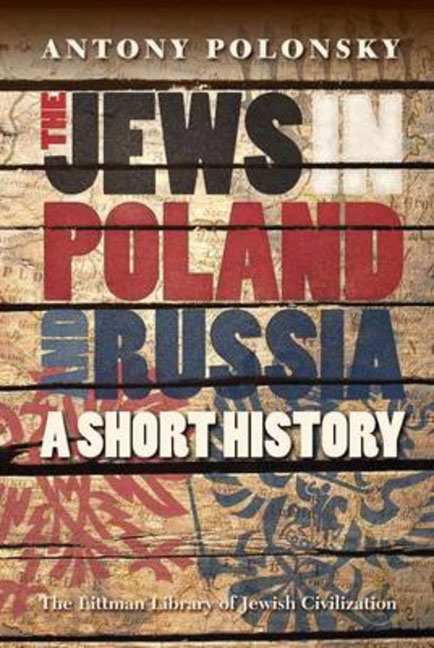Book contents
- Frontmatter
- Dedication
- Preface
- Acknowledgements
- Contents
- List of Maps
- Note on Transliteration
- Note on Place Names
- Maps
- Introduction
- 1 The Polish–Lithuanian Background
- 2 Attempts to Transform and Integrate the Jews, 1750–1881
- 3 The New Jewish Politics, 1881–1914
- 4 Social and Religious Change, 1750–1914
- 5 The First World War and its Aftermath
- 6 The Jews in Poland between the Two World Wars
- 7 Jews in Lithuania between the Two World Wars
- 8 Jews in Soviet Russia and the Soviet Union, 1921–1941
- 9 War and Genocide, 1939–1945
- 10 From the End of the Second World War to the Collapse of the Communist System
- 11 Jews in Eastern Europe and Russia since the End of Communism
- Conclusion
- Postword
- Glossary
- Notes
- Bibliography
- Index
4 - Social and Religious Change, 1750–1914
- Frontmatter
- Dedication
- Preface
- Acknowledgements
- Contents
- List of Maps
- Note on Transliteration
- Note on Place Names
- Maps
- Introduction
- 1 The Polish–Lithuanian Background
- 2 Attempts to Transform and Integrate the Jews, 1750–1881
- 3 The New Jewish Politics, 1881–1914
- 4 Social and Religious Change, 1750–1914
- 5 The First World War and its Aftermath
- 6 The Jews in Poland between the Two World Wars
- 7 Jews in Lithuania between the Two World Wars
- 8 Jews in Soviet Russia and the Soviet Union, 1921–1941
- 9 War and Genocide, 1939–1945
- 10 From the End of the Second World War to the Collapse of the Communist System
- 11 Jews in Eastern Europe and Russia since the End of Communism
- Conclusion
- Postword
- Glossary
- Notes
- Bibliography
- Index
Summary
JEWISH SPACES: TOWNS AND SHTETLS IN THE NINETEENTH CENTURY
The preceding two chapters examined the attempts of the government of the Polish–Lithuanian Commonwealth and those that succeeded it to transform the Jews into citizens or, in the case of the tsarist empire, into useful subjects, and the Jewish responses. They also analysed the character of the ‘new Jewish politics’, with its stress on peoplehood or ethnicity rather than religion as the marker for Jewish identity in the modern world, which emerged with the growing disillusionment with the possibility of successful Jewish integration.
These developments were most pronounced in the large towns of the area, in Odessa, Vilna, Kiev, and St Petersburg in the tsarist empire, in Warsaw and Łódz´ in the Kingdom of Poland, in Kraków and Lviv in Galicia, and in Poznan´ in Prussian Poland. In a famous essay the German Jewish sociologist Georg Simmel Described
[the] psychological conditions which the metropolis creates. With each crossing of the street, with the tempo and multiplicity of economic, occupational and social life, the city sets up a deep contrast with small town and rural life … The metropolis exacts from man as a discriminating creature a different degree of consciousness from that required by rural life, where the rhythm of life and sensory mental imagery flows more slowly, more habitually and more evenly.
Simmel highlighted some specific features of life in the big city: its intellectual quality, its dependence on production for a national and international market, its extreme division of labour, and the requirement of punctuality which it imposed on those who earned their living there. These characteristics made social relationships qualitatively different from those in small towns. The city atomizes its inhabitants and isolates them from each other, which makes them both more indifferent to each other and also more prone to conflict. At the same time, it affords its denizens an unprecedented freedom from the ‘trivialities and prejudices which bind the inhabitants of a small town’.
The period between 1750 and 1914 saw significant urbanization in northeastern Europe. Warsaw, with a population of about 885,000 in 1914, was the third town of the tsarist empire after St Petersburg (2,250,000) and Moscow (989,000).
- Type
- Chapter
- Information
- The Jews in Poland and Russia: A Short History , pp. 135 - 170Publisher: Liverpool University PressPrint publication year: 2013

